The art and economics of animated film budgeting
Animated films are a staple of cinema and a well-loved genre across all age groups. However, the animated film budget is often obscured by the magic on the screen.

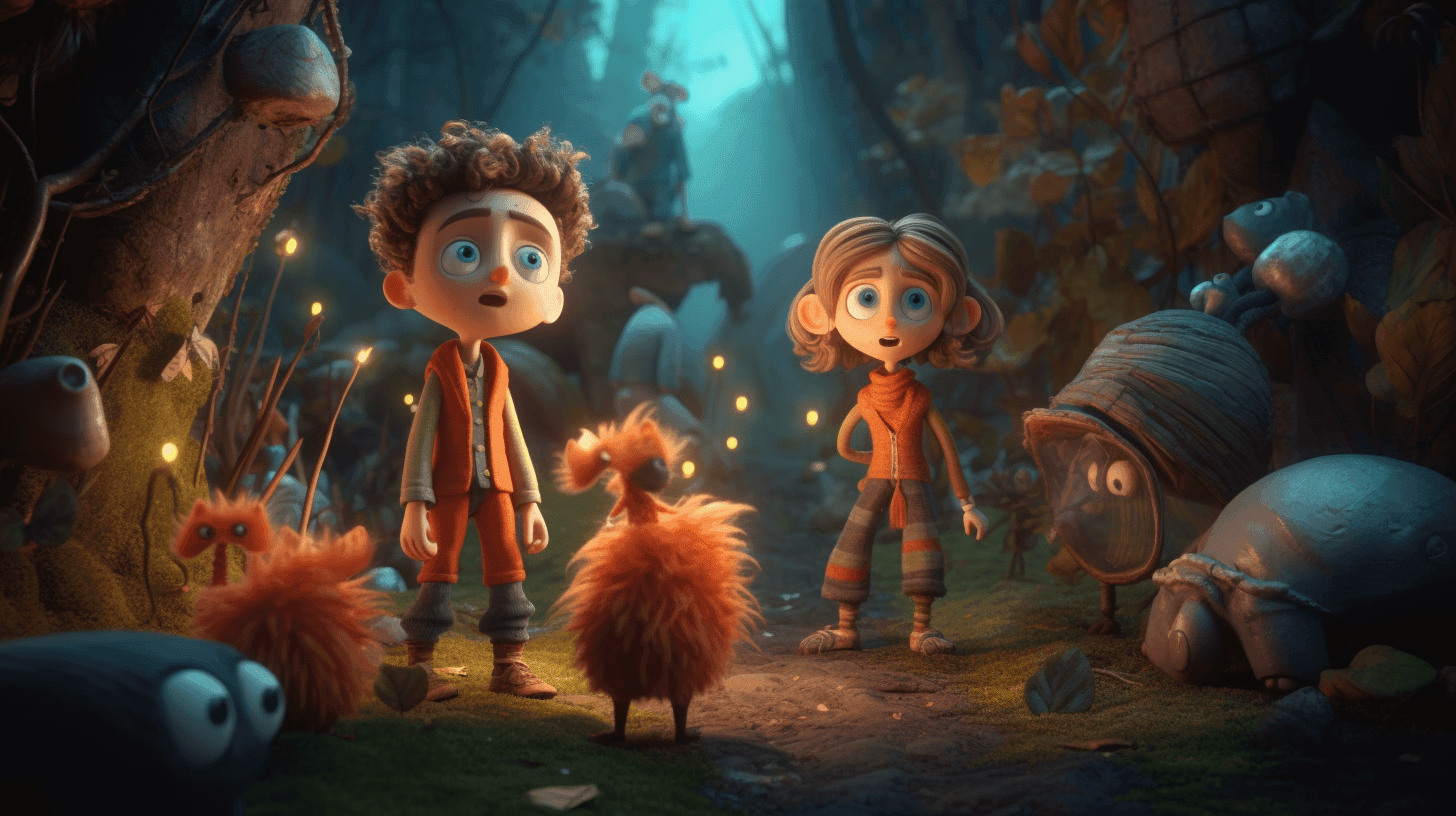
Let's pull back the curtain on the costs and strategies involved in bringing these stories to life.
Understanding the complexity of animated film budgeting
Budgeting for animated films can be a complex task. Unlike live-action films, every element in an animation needs to be created from scratch. This involves the intricate coordination of numerous elements, from cost estimation to art direction, animation techniques, character design, and more.
Key factors influencing the budget of an animated film
Several factors influence the budget of an animated film. Animation techniques, for instance, have a significant impact - traditional hand-drawn animation, such as in Disney's classic "The Little Mermaid" (1989), often demands a different budget allocation compared to CGI animation like Pixar's "Toy Story". Other factors include art direction, character design, the scope of the storyboard, voice casting, and the extent of visual effects needed.
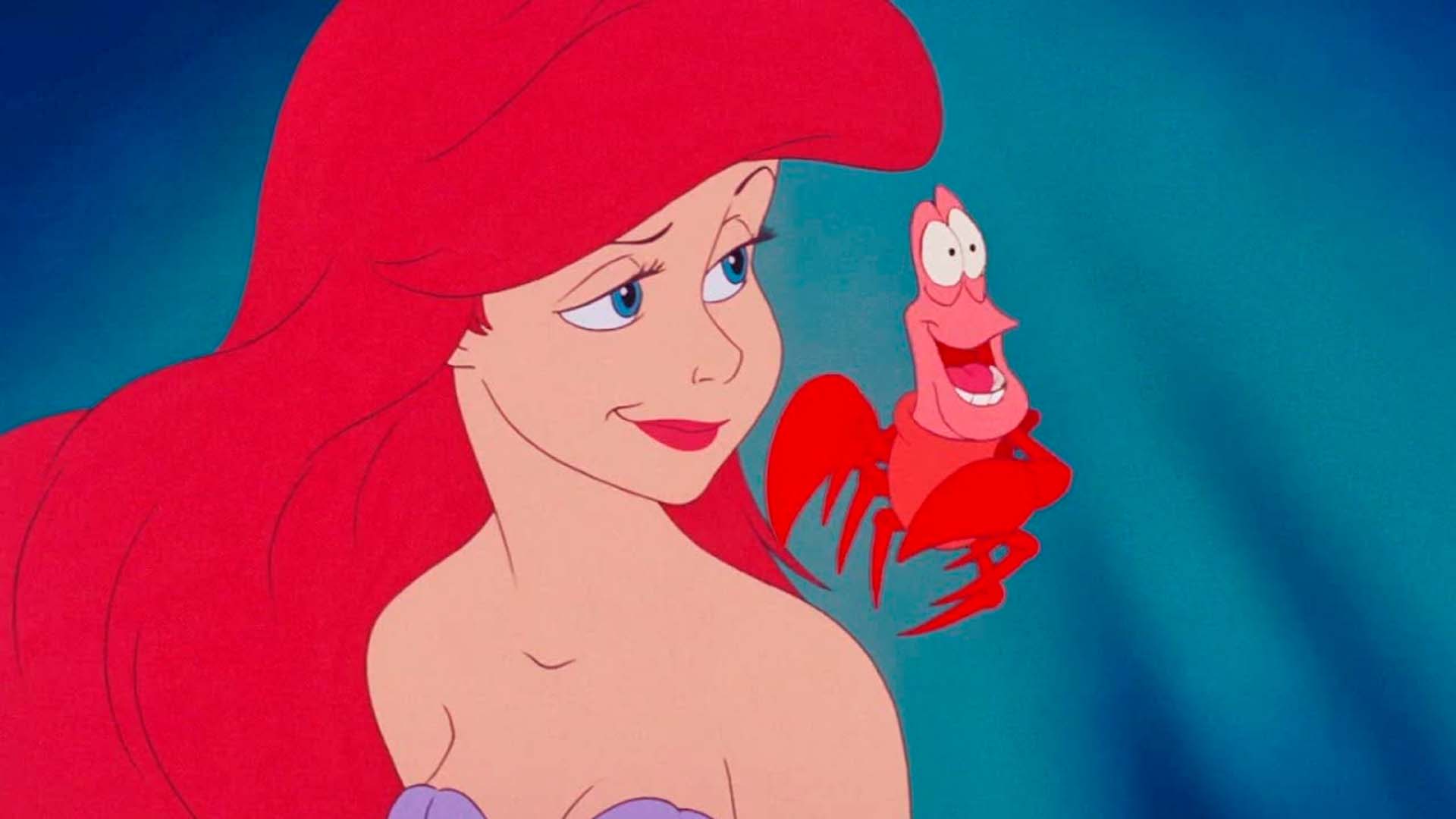
Pre-production costs in animated film budgeting
Pre-production costs in animation are vital for laying a solid foundation. This stage includes brainstorming story ideas, character design, storyboarding, and determining art direction. For instance, the development of unique character designs and the rich world in "Zootopia" (2016) significantly contributed to its pre-production expenses.
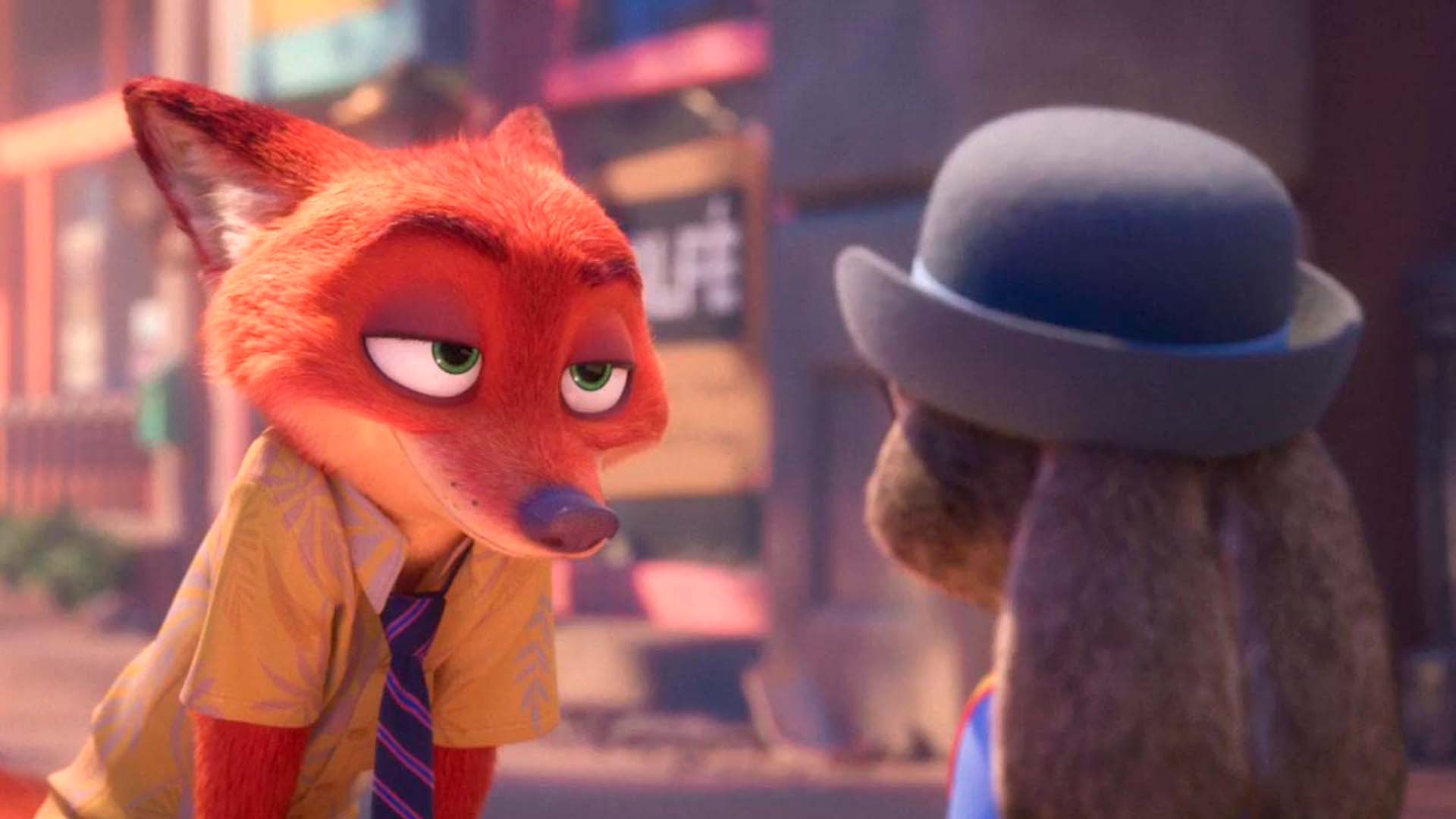
Production costs in animated film budgeting
The production budget breakdown for animated films often constitutes the largest chunk of the budget. This is the stage where the art direction comes to life, character designs become moving animations, and the storyboard is transformed into a film. For example, the extensive production costs for "Wall-E" (2008) resulted in high-quality animation, bringing each character and scene to life with meticulous detail.
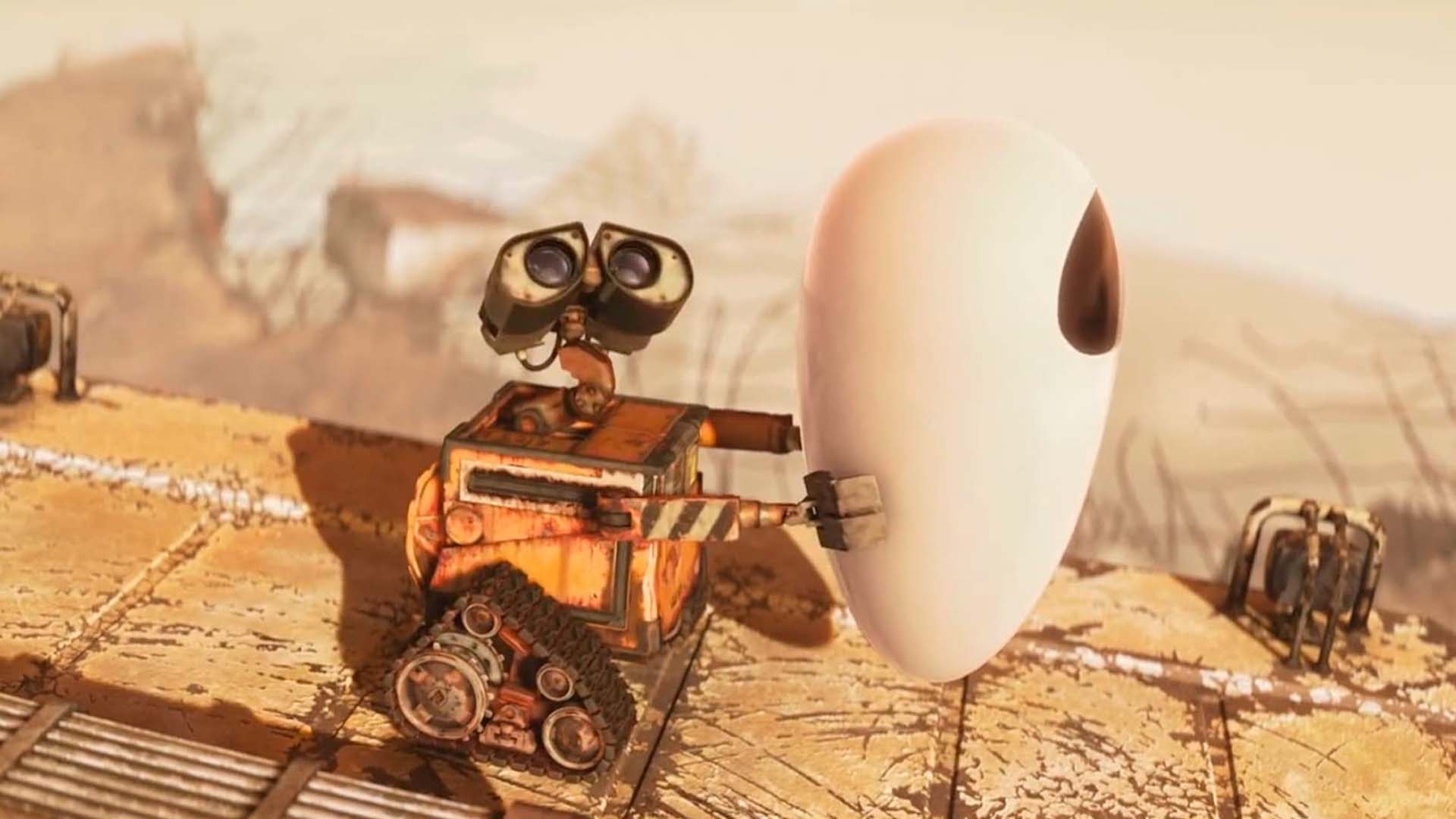
Post-production costs in animated film budgeting
Post-production expenses in animated films involve refining the animation, adding visual effects, voice casting, sound design, and polishing the final cut. The sound design in "Finding Nemo" (2003), for instance, was a crucial part of its post-production budget, enhancing the undersea experience for viewers.
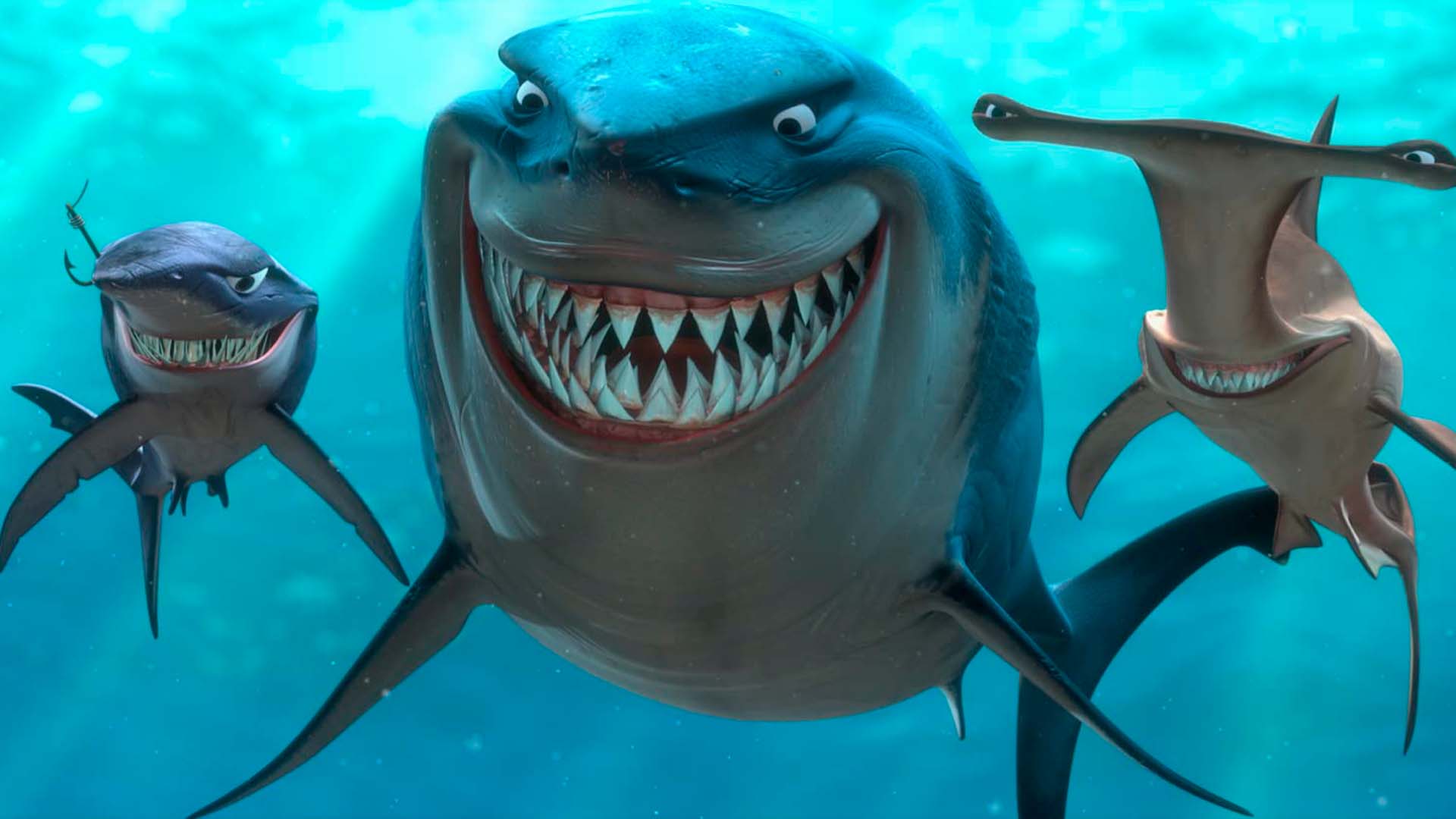
Case studies: Successful budgeting in animated films
Understanding successful budgeting strategies in animation can be highly informative. Pixar's "Coco" (2017) is a perfect example, as it efficiently balanced costs between pre-production, production, and post-production, resulting in a film that was both a critical and commercial success. Another example is "Despicable Me" (2010) from Illumination Entertainment, which managed to deliver a high-quality film with a significantly lower budget compared to its industry counterparts, through efficient cost estimation and streamlined post-production workflow.
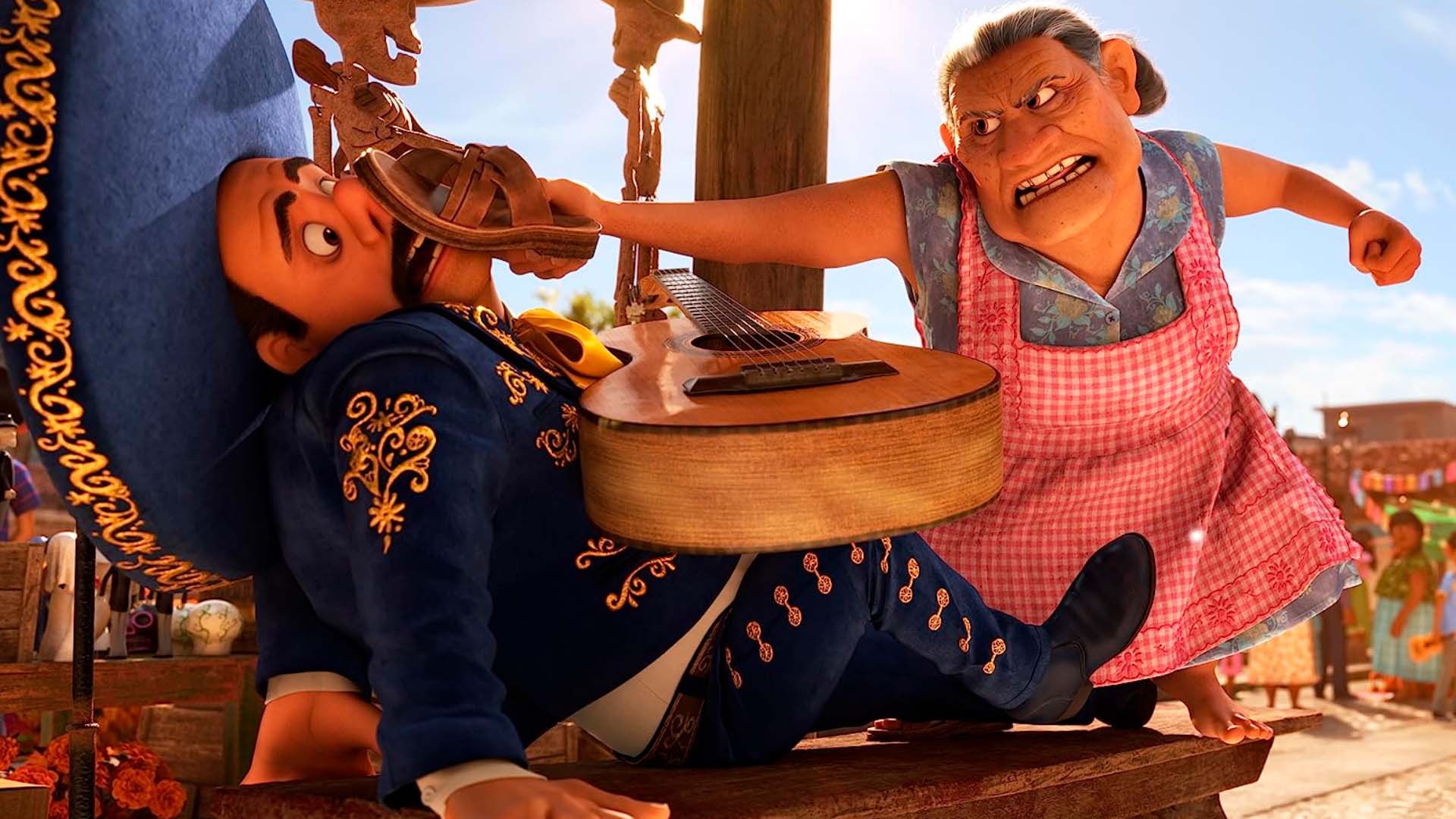
- "Toy Story 3" (2010) - Pixar: According to reports, the production budget of "Toy Story 3" was approximately $200 million. This included costs related to pre-production, production, and post-production, such as the creation of detailed animation and innovative visual effects, high-quality voice casting, and sound design. The film grossed over $1 billion worldwide, making it a commercial success.
- "Frozen" (2013) - Walt Disney Animation Studios: "Frozen" had a production budget of approximately $150 million. This budget covered the costs of developing a unique visual style, extensive character design, and creating the film's complex winter sequences. The film was a massive success, grossing over $1.2 billion worldwide.
- "Despicable Me" (2010) - Illumination Entertainment: "Despicable Me" had a considerably lower production budget of around $69 million. Despite this, the film managed to deliver high-quality animation and a compelling story, demonstrating efficient cost estimation and effective budgeting strategies in animation. The film grossed over $543 million worldwide.
- "The Secret Life of Pets" (2016) - Illumination Entertainment: "The Secret Life of Pets" had a reported production budget of $75 million. The budget was utilized for developing unique character designs, a vibrant depiction of New York City, and engaging visual effects. The film was commercially successful, grossing over $875 million worldwide.
- "Coco" (2017) - Pixar: "Coco" had a reported production budget of around $175-200 million. The film's meticulous depiction of the Land of the Dead, intricate character designs, and high-quality sound design contributed to its budget. The film grossed over $800 million worldwide.
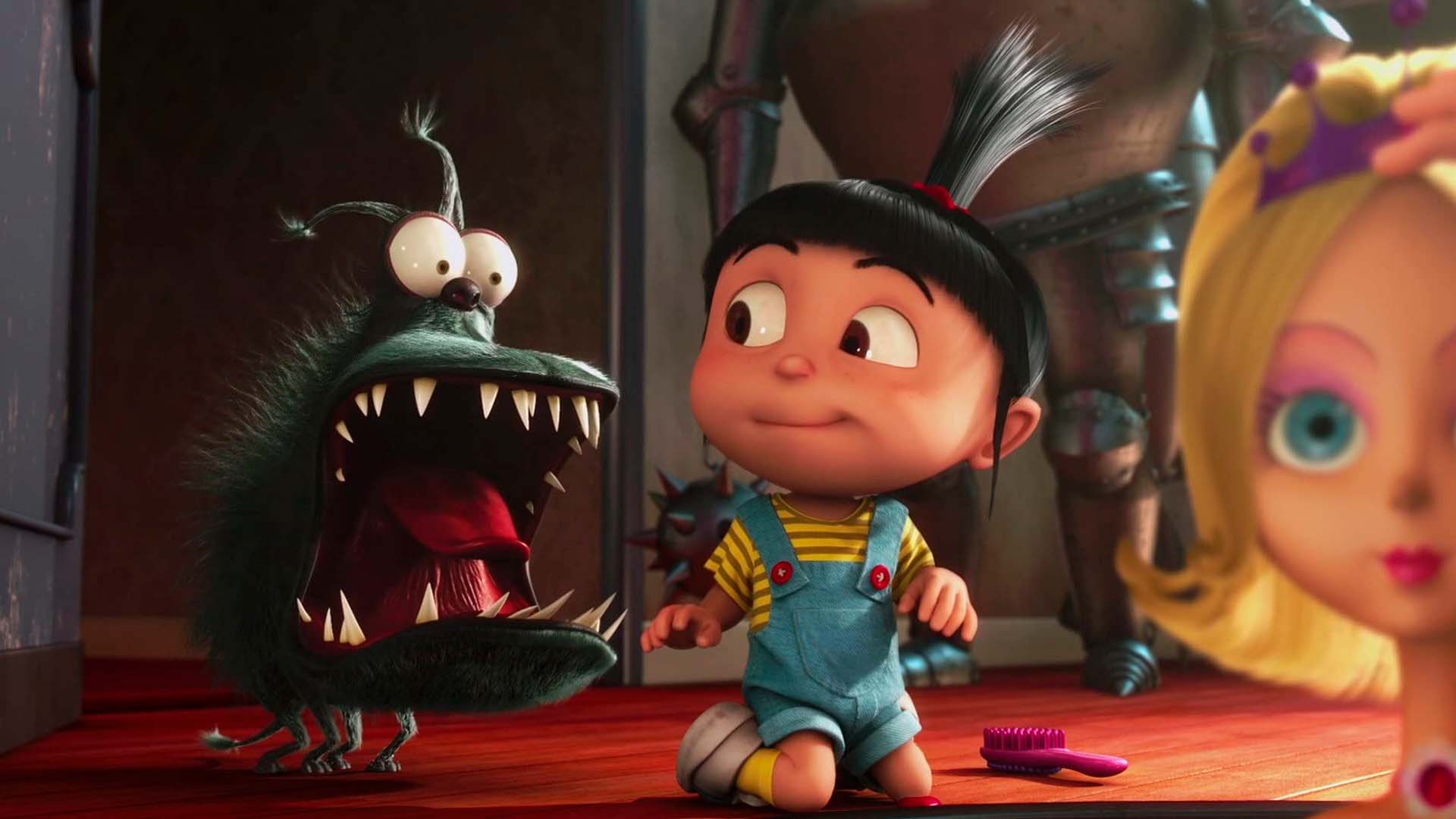
Each of these examples demonstrates different budgeting strategies and cost estimations in animated films. Regardless of the size of the budget, each film aimed to create a visually engaging and narratively compelling movie that resonated with audiences.
Conclusion
Budgeting for an animated film requires a delicate balancing act between creativity and financial considerations. By understanding the cost estimation and budget allocation across different stages, filmmakers can navigate this complex process more effectively, resulting in animated films that captivate audiences without exceeding budget constraints.
Decoding the budget of an animated film reveals a fascinating and complex process. It becomes apparent that successful budgeting in animation involves meticulous planning, a deep understanding of the various costs involved in the different stages of production, and flexibility to accommodate unexpected changes.
Each animated film, irrespective of its budget, bears the unique imprint of a diverse group of creatives — from art direction to character design, from voice casting to post-production workflow. The real challenge lies not just in managing the budget but in optimizing it to bring the best creative ideas to life.
Filmustage stands as a trusted partner in this journey. With robust AI-driven tools for script breakdown, pre-production planning with shooting scheduling, and efficient team communication, Filmustage aids in streamlining the production process. Its AI-driven script analysis tool helps detect potential risks, providing valuable insights for preventing and mitigating challenges, thereby simplifying your animation journey.
As we've seen from our case studies, each film, regardless of its budget, aimed to create an engaging, visually striking, and emotionally resonant movie. With proper planning and the right tools, you can do the same.
Budgeting for animated films may be a complex process, but with knowledge, foresight, and the right tools such as Filmustage, you can turn the daunting task into a well-managed process, ultimately bringing your unique vision to life.
From Breakdown to Budget in Clicks
Save time, cut costs, and let Filmustage’s AI handle the heavy lifting — all in a single day.